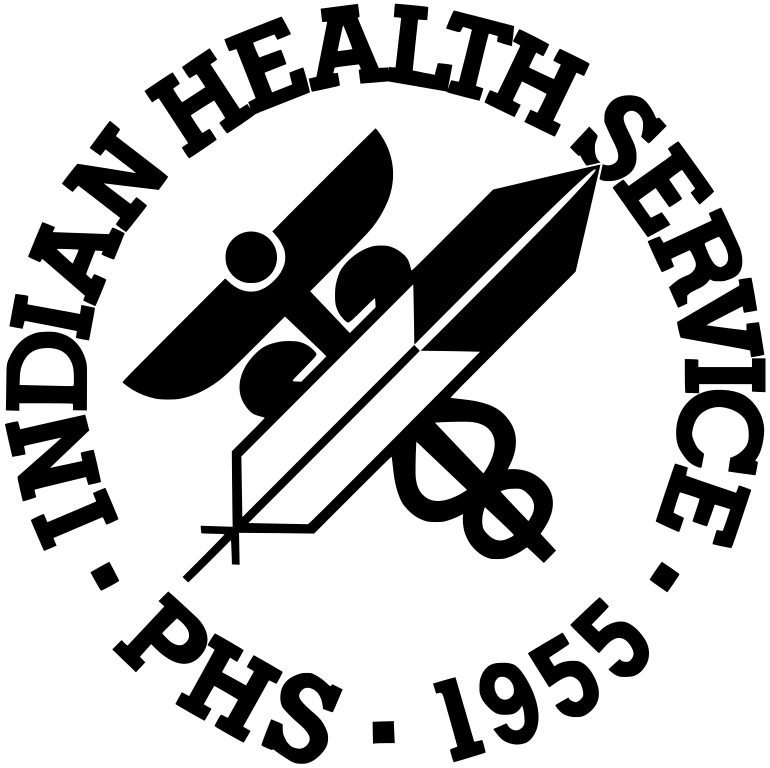IHS Division of Oral Health COVID-19 Response Information
Resources, information and guidance in relation to the COVID-19 response for IHS dental programs.
Interim Guidance
- IHS COVID-19 Interim Guidance for Re-Opening Dental Clinic Operations September 13, 2021 (PDF - 414KB)
- CDC DOH — https://www.cdc.gov/coronavirus/2019-ncov/hcp/infection-control-recommendations.html
- OSHA — https://www.osha.gov/SLTC/covid-19/dentistry.html
- Protecting Workers: Guidance on Mitigating and Preventing the Spread of COVID-19 in the Workplace
COVID-19 Vaccine Resources
- Indian Health Service
- Centers for Disease Control and Prevention
- CDC COVID-19 Vaccination
- COVID-19 Vaccination Communication Toolkit
- Talking to Recipients about COVID-19 Vaccines
- Understanding and Explaining mRNA COVID-19 Vaccines
- Answering Patients’ Questions
- Continuing the Journey of a COVID-19 Vaccine (PDF - 475KB)
- COVID-19 Advisory Committee on Immunization Practices (ACIP) Vaccine Recommendations
- National Institutes of Health
Teledentistry
- IHS COVID-19 Interim Guidance for Coding Teledentistry Events (PDF - 295KB)
- List of ICD-10 Codes (PDF - 435KB)



